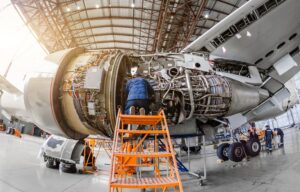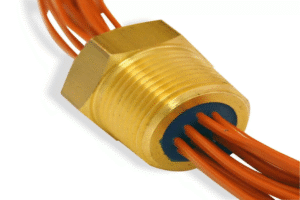From Purchase To Profit: Navigating the Financial Lifecycle Of An Aircraft
3 min read
The monetary arc of an aircraft is marked by a series of intricate stages, each requiring deliberate strategies to ensure value is preserved and revenue is optimized throughout its use. From the moment a plane is acquired to the time it’s retired from service, every phase holds distinct financial opportunities and hurdles. For aircraft owners and operators, having a strong grasp of each step is essential for smart budgeting and long-term gains.
Acquisition: The Initial Investment
The journey begins with acquiring the aircraft, typically the most substantial capital commitment in the entire lifecycle. Whether the decision is to invest in a brand-new jet or opt for a used one, the upfront price tag demands serious consideration. Many turn to financial tools such as loans or lease agreements to spread the cost, though these arrangements bring their own complications—ranging from interest accumulation to inflexible terms.
There’s also a necessary layer of due diligence. Pre-purchase evaluations, legal paperwork, and regulatory checks must be navigated to ensure the aircraft meets all required standards before entering service.
Deciding between leasing and owning outright is a pivotal financial choice. Ownership offers long-term control and potential appreciation, while leasing allows greater agility—ideal for operators needing to keep pace with evolving technology or shifting demand.
In-Service Use: Turning Aircraft into Revenue Engines
Once operational, the aircraft transitions from being a cost center to a source of revenue. Airlines, freight carriers, and private charter companies rely on these machines to generate income through ticket sales, cargo deliveries, and charter services. However, the profits earned must offset a wide array of expenses: fuel consumption, scheduled maintenance, staffing costs, and airport-related charges all chip away at margins.
Efficiency becomes the name of the game. Successful operators utilize route optimization, rigorous cost control, and high utilization rates to remain competitive. Advances in predictive maintenance technologies have further refined this stage, enabling operators to anticipate mechanical issues before they arise. This minimizes downtime, avoids costly repairs, and keeps aircraft flying longer without compromising safety.
This is also the phase where asset management for aviation plays a critical role. By coordinating maintenance schedules, tracking operational costs, and strategically rotating fleet assets, aviation stakeholders can align daily performance with broader financial targets, helping aircraft maintain peak operational and resale value.
Idle Periods: Mitigating Value Loss
There are periods when an aircraft may not be in regular service—market slumps, off-peak travel seasons, or even major overhauls can sideline a jet. During these downtimes, strategic storage becomes vital. Properly storing aircraft isn’t just about parking it on the tarmac—it involves ongoing preservation to protect structural integrity and system functionality. Doing this well safeguards future options, whether the aircraft is reactivated, resold, or repurposed for a different role like cargo transportation.
Continued upkeep while grounded is not optional if the aircraft is to retain its resale or leasing potential. Neglected storage leads to expensive deterioration and limits future earning capabilities.
Final Stage: Unlocking Residual Value
Eventually, every aircraft reaches the end of its operational tenure. But even then, it can offer one last financial return. Options at this stage include selling the aircraft to secondary markets, harvesting key components for resale, or recycling the airframe and systems. Engines, avionics, and specialized equipment remain in demand, especially for carriers looking to cut costs by purchasing used parts.
Aircraft that are structurally sound may undergo refurbishment and be sold for continued service in less demanding roles. Meanwhile, materials like aluminum and titanium can be reclaimed, supporting both sustainability and financial recovery efforts.
The financial lifecycle of an aircraft is anything but static. Each phase—purchase, use, downtime, and end-of-life—demands strategic oversight and informed decision-making. With careful planning and expert guidance, owners and operators can maximize returns while managing risks over the long haul.
For a more visual breakdown of the aircraft lifecycle and its financial implications, please refer to the accompanying graphic resource.






